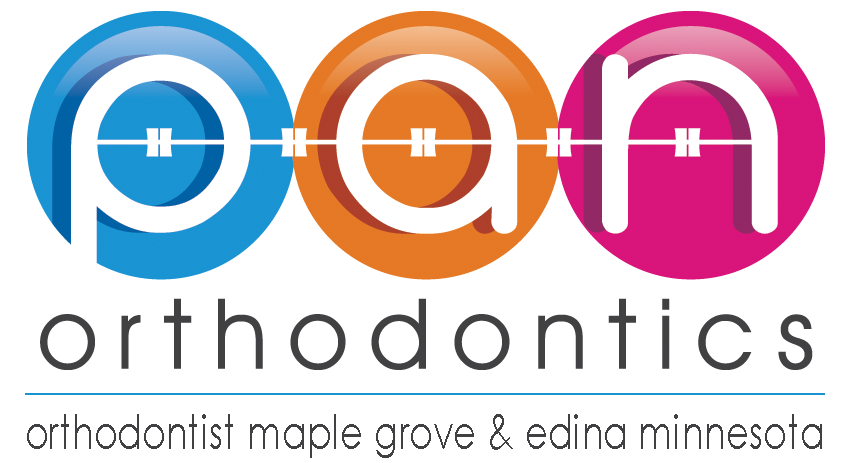Impacted Wisdom Tooth Removal
Do you have a “hidden” wisdom tooth underneath your gums that takes a long time to erupt? Does it cause pain and other problems? If so, you might have an impacted wisdom tooth and it might need to be removed.
What are the symptoms that impacted wisdom teeth can cause?
Wisdom teeth (or third molars) can create a series of problems when they “want” to be born. They very commonly cause sensitivity, discomfort, and pain in the back of the mouth, for example. In addition, there is also often some swelling in the affected area.
Some other symptoms of impacted wisdom teeth are:
- Bad breath;
- Inflamed, swollen, and cut gums
- Very red gums;
- Difficulty opening your mouth;
- Edema in the jaw.
Please note that other dental problems that are unrelated to wisdom teeth can cause similar symptoms, so it is important to speak to your dentist if you have any of the above symptoms.
How many wisdom teeth are there in the dental arches?
The number of wisdom teeth varies from person to person. However, most people have 4 wisdom teeth: 2 in the upper arch and 2 more in the lower arch.
What is an impacted wisdom tooth?
Included wisdom teeth are teeth, which are located at the back of the mouth, and cannot be born. Deep down, it's a tooth that " hides " inside the gum. It is also very common for teeth to “come out” of the gum only partially. These teeth are classified as semi-impacted. In most cases, they cause pain, damage other teeth and contribute to some dental problems. For this reason, they are often removed through surgery. If you have semi-impacted wisdom teeth, the likelihood of having dental cavities and gum disease is greater, as these teeth are usually more difficult to clean.
The main cause of wisdom teeth becoming impacted has to do with a lack of space in the mouth. Still, this can also occur, for example, due to genetic factors and dental trauma, which happened during childhood.
It is essential that, if you have an impacted wisdom tooth, make an appointment with the Dentist so that this issue is evaluated.
What is the proper solution?
This varies from person to person, because each case has its specificities. Still, most of the time, dentists recommend the extraction of impacted teeth, even when they do not cause major problems. This happens in order to prevent them from becoming a “headache” in the future.
How does the surgery work? What is the extraction process?
Surgery to remove impacted wisdom teeth is a very safe procedure. An x-ray of the arch helps the dentist to assess the position and shape of the wisdom tooth so that the best extraction strategy can be defined. This intervention is usually performed under local anesthesia. General anesthesia can also be applied, and this happens, as a rule, in a hospital environment, in more serious cases.
First, an incision is made in the gum, removing the bone covering the impacted tooth. Afterwards, the tooth itself is removed. The next step is to suture the incision and cover it with gauze. When the tooth is too big or is in an unfavorable position, the dentist can break it into pieces, so that the process is less traumatic to carry out. There is also the possibility that the surgery will be postponed because the area is infected. In such cases, it is likely that antibiotics will be prescribed to solve this problem, before proceeding with further intervention.
As already mentioned, these days it is a safe surgery and complications are rare. Still, impacted wisdom teeth are a little more difficult to extract than normal wisdom teeth and are more likely to permanently damage bones and other teeth.
What is the post-surgical care?
The surgery usually takes less than an hour. Still, the sore left in the mouth can take months to heal completely. Most people are able to return to their normal habits within a few days. However, it is normal for you not to be able to open your mouth normally for a week. Your dentist will recommend several aftercare instructions, which you must follow closely to avoid complications, such as dry sockets.
